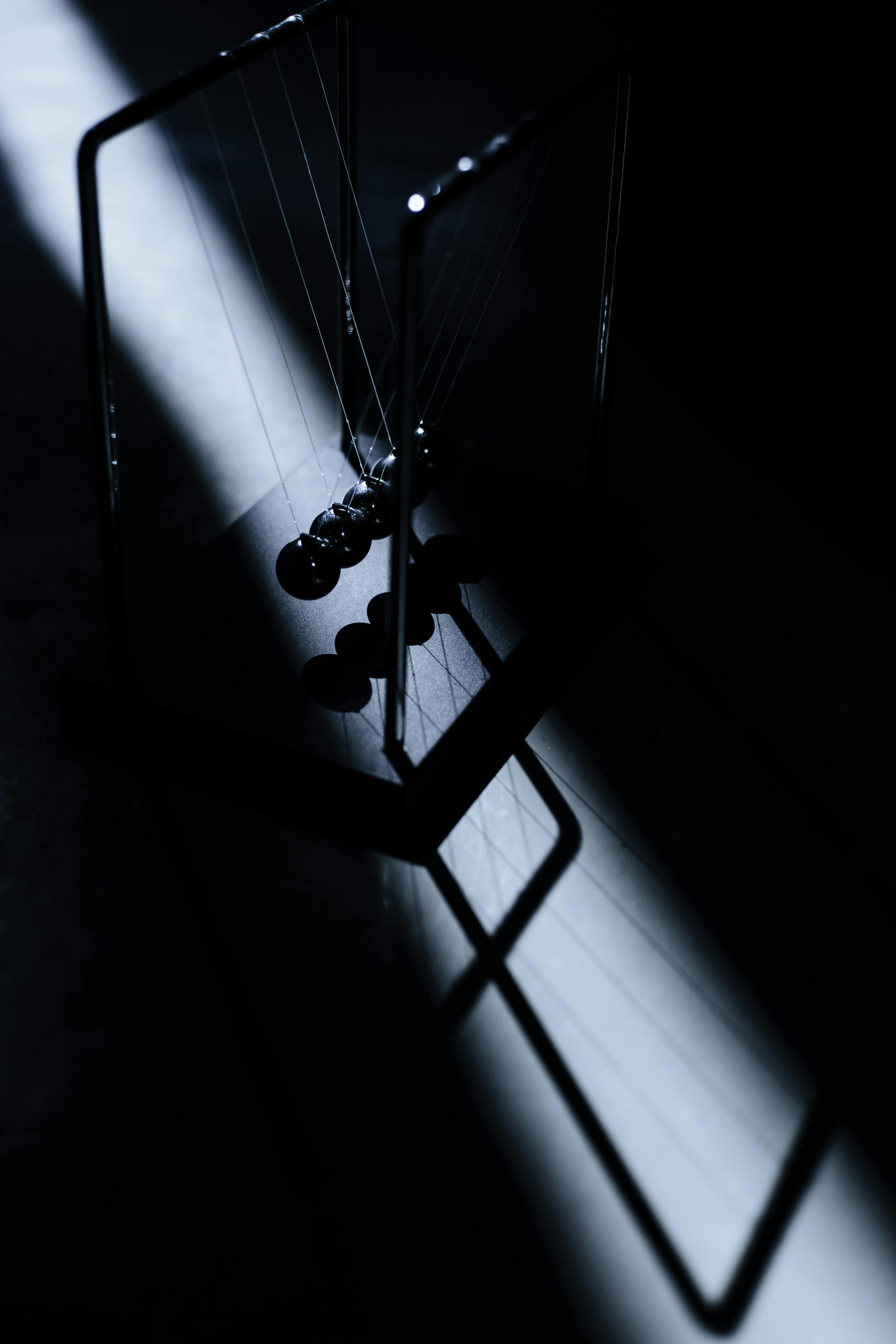Exploring the Fascinating Concept of Black Hole Cosmology: Are We Living Inside a Black Hole?
The contemplation of our universe’s origins has always been a captivating subject for astronomers and theoretical physicists alike. One particularly extraordinary idea that has gained traction among some scientists is the proposition that the Big Bang, often heralded as the ultimate origin of our universe, may not be the beginning at all. Instead, it could represent a “bounce” from a black hole existing within a larger parent universe. This innovative theory known as black hole cosmology, or Schwarzschild cosmology, suggests that the observable universe we inhabit is encased within the event horizon of a black hole, with vast realms beyond that horizon unfolding in a parent universe.
While the dominant cosmological narratives, such as the Big Bang and cosmic inflation, focus on the evolution of the universe from an initial singularity, several physicists are attempting to weave the nature of black holes into an explanation of our universe’s origins. Here, we delve into the contributions of key thinkers who have put forth this provocative concept, elucidating their main arguments, seminal publications, and how their theories converge or diverge from conventional physics.
Raj Kumar Pathria: The Universe as a Black Hole (1972)
In the early 1970s, theoretical physicist Raj Kumar Pathria was among the first to articulate, in print, the notion that our universe might reside within a black hole. In his groundbreaking Nature article titled “The Universe as a Black Hole,” Pathria observed a compelling correlation between the radius of the observable universe and the Schwarzschild radius associated with black holes. This suggested that our universe’s mass and size were precariously positioned at the brink of becoming a black hole. He envisioned that external observers in a hypothetical higher “meta-universe” would perceive our cosmos as a black hole, contrasting with our own expansive experience within it.
Pathria’s insight posited a closed universe model—one that curves back on itself—thereby providing a radical alternative perspective on cosmic origins. Although this idea diverged from mainstream cosmological thought, it laid the groundwork for future explorations into the relationship between black holes and cosmic evolution.
I. J. Good: Nested Universes as “Chinese Boxes” (1972)
Around the same time, mathematician I. J. Good independently proposed a concept that echoed Pathria’s ideas. In a playful essay titled **”Chinese Univers



